Field Theory and Phenomenology
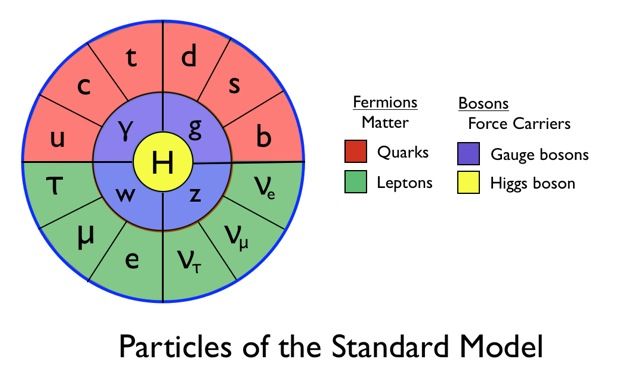
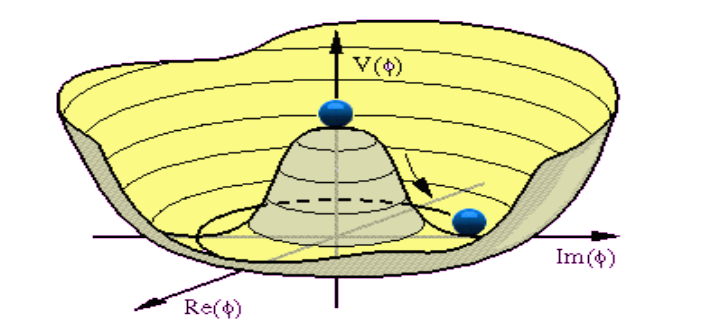
The research in theoretical physics of elementary particles deals with the formulation of the fundamental laws of nature, which correctly describe the experiments already carried out, and the prediction of the outcome of future experiments. The current paradigm is the Standard Model (SM) combined with Einstein's theory of gravity: a field theory which provides a surprisingly accurate description of most of the phenomena observed. The discovery of the Higgs boson at the Large Hadron Collider (LHC) completed the experimental verification of the particles postulated by the SM. However, it is clear that the SM needs to be extended. This is due to the existence of phenomena that cannot be explained within the SM such as, for example, the fact that neutrinos have a mass, the existence of dark matter and the remarkable asymmetry between matter and antimatter in our universe. The theoretical physics of elementary particles aims at finding a valid extension of the SM that solves these and other problems. For example, realistic models are sought which, unlike what happens in the SM, can explain the origin of the masses and the interactions among the particles, as well as the hierarchy among the scales observed in nature (the Planck mass, the Fermi scale and the cosmological constant) and other fundamental parameters.
Staff members active in this field:
Giulia Maria de Divitiis, Roberto Frezzotti, Alberto Salvio, Nazario Tantalo

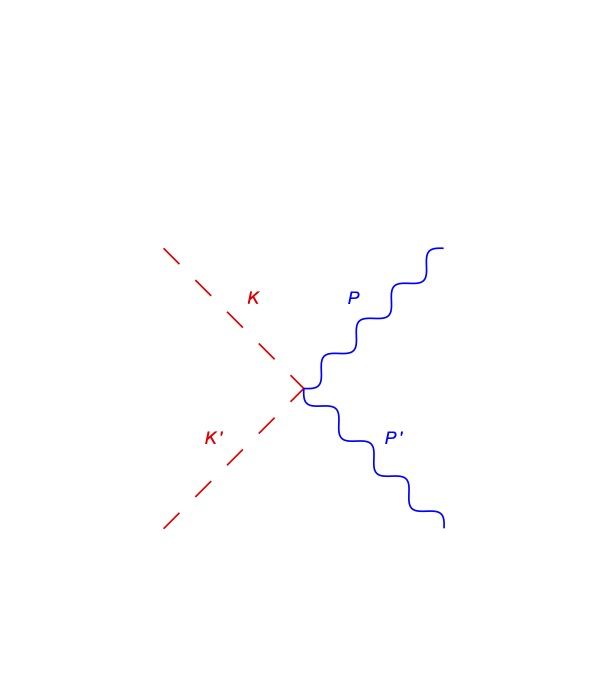
(Beyond the) Standard Model Phenomenology with perturbative methods
This specific topic deals with the study of the SM and some of its extensions through perturbation theory in its regime of validity. This allows us in some cases to obtain analytical results. The fundamental interactions in the SM, and in many of its extensions, are typically in the perturbative regime at the energy scales of the LHC or higher.
For this reason, perturbation theory allows us to accurately describe and make falsifiable predictions about the physical phenomena that occur in modern particle accelerators. Furthermore, the perturbative approach to the physics of the fundamental interactions (gravity included) is also used to study these models at energies much higher than those achievable at today's accelerators as well as at finite temperature with possible applications to cosmology (see topic "Relationship between particle physics and cosmology" discussed below).
Recent grants: INFN and PRIN projects; university project DyConn.
Collaborations: Pisa; Tallinn, Estonia
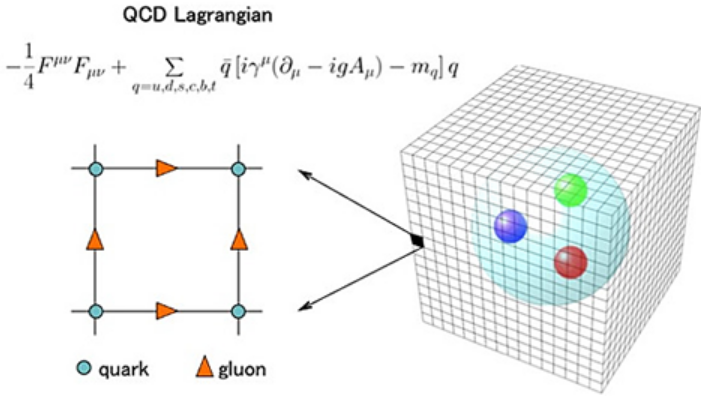
Non-perturbative Field Theory and Lattice QCD
QCD (Quantum Chromodynamics) is the sector of the SM that describes the strong interactions of quarks and gluons. Except in extreme conditions of high temperature, quarks and gluons do not appear as free particles in nature, but turn out to be confined within extremely complex and strongly interacting states called hadrons. The proton and the neutron are the hadrons which, together with the electrons, make up nuclear matter. In high energy laboratories the properties of hadrons (masses, lifetimes, cross sections) are measured. These depend in a complicated way on the fundamental parameters of the SM. The origin of this complexity is the intensity (at the energy scales typical of the hadronic masses) of strong interactions, which therefore, unlike other forces of nature, cannot be studied only by means of perturbative methods.
The main non-perturbative tool that allows us to connect the world of hadrons with that of quarks and gluons, and therefore to solve the complexity of the strong interactions, is lattice QCD. The interactions of quarks and gluons are treated by formulating the theory in a discrete space-time (the lattice) and using Montecarlo simulation methods and some among the most powerful supercomputers in the world. The properties of hadrons are calculated in this way from first principles and expressed as a function of the fundamental parameters of QCD, which has thus been verified to be the correct theory of strong nuclear interactions.
Recent grants: project EU/PRACE Pra17_4394 on Marconi supercomputer at CINECA, Italy; analogous projects EU/PRACE on supercomputers in Germany, Switzerland, France and Spain; supercomputing projects at NIC-DESY in Germany and under the INFN-CINECA agreement in Italy.
Collaborations: ETMC (Extended Twisted Mass Collaboration - over 15 research institute), alpha/CLS (Collaborative Lattice Sharing - over 15 research institute in Europe).
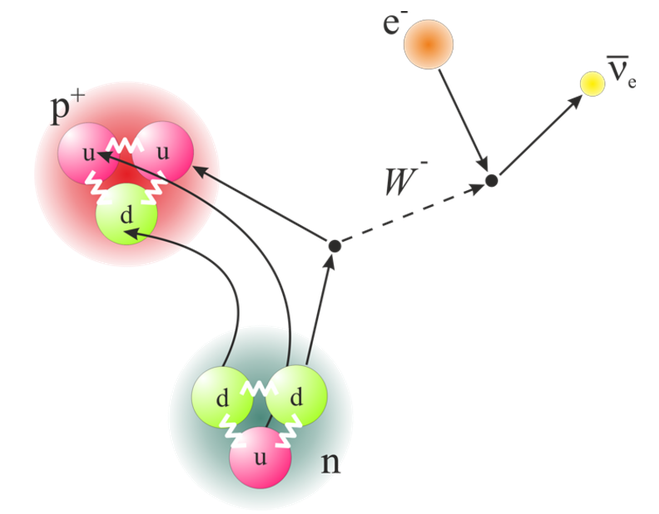
Lattice QCD + QED and Flavor Physics
Precision physics of processes mediated by weak interactions, in particular those that mix elementary fermions (identified by the so-called "flavor" quantum number), represents a very powerful tool for exploring the validity limits of the SM and possible new scenarios of New Physics.
One of the main precision tests of the SM concerns the CKM (Cabibbo – Kobayashi – Maskawa) matrix, whose elements are free parameters of the theory to be determined by comparing the theoretical predictions with the relevant experimental observations, e.g. weak processes among hadrons. Thanks to non-perturbative lattice QCD calculations, we will soon be able to considerably improve the accuracy of the theoretical predictions of the SM and hopefully to detect the expected new physics signals from the comparison of these predictions with the experimental measurements. To match the accuracy of the latter, in the current state of research, it is necessary, for example, to include electromagnetic corrections in the theoretical study of weak hadron decays (thus studying QCD + QED on the lattice), as well as to explore new methods to treat with non-perturbative accuracy rare and non-leptonic decays.
Recent grants: EU joint doctorate programme "STIMULATE"; university projects "LIBETOV - Leading Isospin Breaking effects from Lattice QCD+QED" and "PLNUGAMMA - Electromagnetic corrections to leptonic decay rates of pseudoscalar mesons"; EU/PRACE projects: Pra10_2693 on BG/Q Fermi supercomputer and Pra17_4394 on Marconi supercomputer at CINECA, Italy; supercomputer projects under the INFN-CINECA agreement in Italy and at HRLN in Germany.
International collaborations: RM123 (Rome area, Southampton, Regensburg), RC* (Rome, Berlin, Munich, Odense, Santander, Plymouth).

Non-perturbative Extensions of the Standard Model
A new topic concerns the study of extensions of the SM that can give insights on the hierarchies observed (so far not understood) among the Fermi energy scale (where the symmetry of the electroweak interactions is spontaneously broken), the scale(s) of New Physics beyond the SM and the Planck scale (where the effects of quantum gravity become important) and possibly on the origin of the masses of the elementary particles, which are described, but not quantitatively explained by the Higgs mechanism. In this field of research, which has received considerable international attention in recent decades, an interesting theoretical conjecture is studied according to which the existence of a new interaction (analogous to that of QCD) which becomes strong at energy scales of the order of 5-10 TeV and new fermions subjected to it, as well as to forces of already known type, would be at the basis of the dynamic genesis of the masses of all elementary particles. Such a mass generation mechanism, according to which the Higgs boson recently discovered at CERN would be a bound state, once inserted in a realistic extension of the SM would allow to link the masses of the particles already known to the scale of new physics and to predict for it strong-interaction features that are well recognizable experimentally. This conjecture, the theoretical proof of which requires non-perturbative methods, has received an important numerical confirmation from the study of a specific model on the lattice that was carried out using the Marconi supercomputer at CINECA in collaboration with the INFN. Phenomenological applications of these ideas are currently under investigation.
Recent grants: INFN/CIPE research fellowship "High-performance Computing in Strongly Coupled Gauge Theories"; university project "HoloQCD - Strong Interactions: from Lattice QCD to Strings, Branes and Holography".
Collaborations: Rome, Bonn
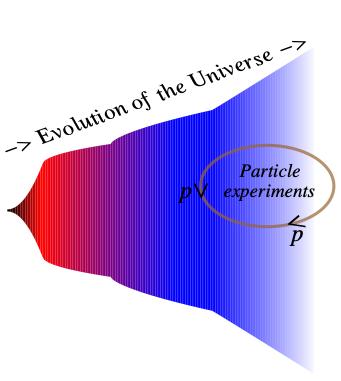
Relationship between particle physics, astrophysics and cosmology
Astrophysics studied the universe and cosmology focuses on its origin and evolution. Thanks to recent observational developments, they also allows us to verify models of elementary particles (both the SM and its extensions) at scales much higher than those of accelerators, such as the LHC.
An example is the theory called inflation: a primordial phase in which the universe expanded exponentially. Indeed, some observations regarding this period can give us valuable information on fundamental physics at very small length scales and, therefore, at very large energies (for example, on some quantum aspects of gravity). After inflation, the universe entered a phase in which radiation reached thermodynamic equilibrium at a temperature that decreased with time. The techniques of finite temperature perturbation theory and some of their non-perturbative extensions can, therefore, be applied to study the evolution of the universe.
The recent discovery of gravitational waves allows to further expand our knowledge of fundamental physics, giving us information on theories in which gravity and/or other fundamental forces are modified or expanded and providing a link between fundamental physics and astrophysics.
The detected gravitational waves have also provided us with further evidence for the existence of black holes, mysterious objects predicted by Einstein's theory of gravity. Around black holes both gravity and quantum mechanics should be taken into account. Therefore, the study of particle physics processes (such as scatterings and decays) in this environment gives us precious insights on the quantum nature of gravity and the range of validity of our current theories of fundamental interactions.
Recent grants: INFN and PRIN projects; university project DyConn.
Collaborations: Pisa; Tallinn, Estonia